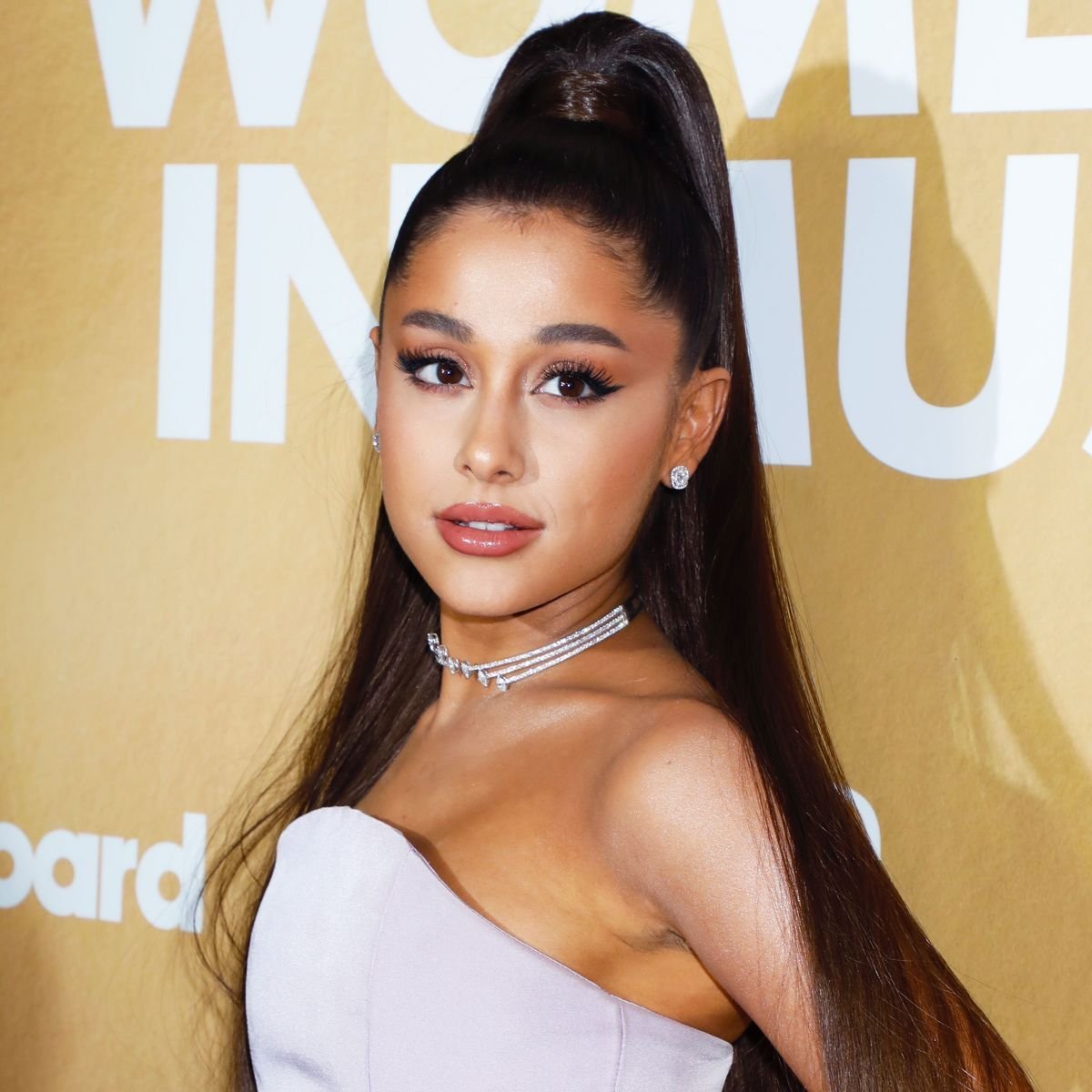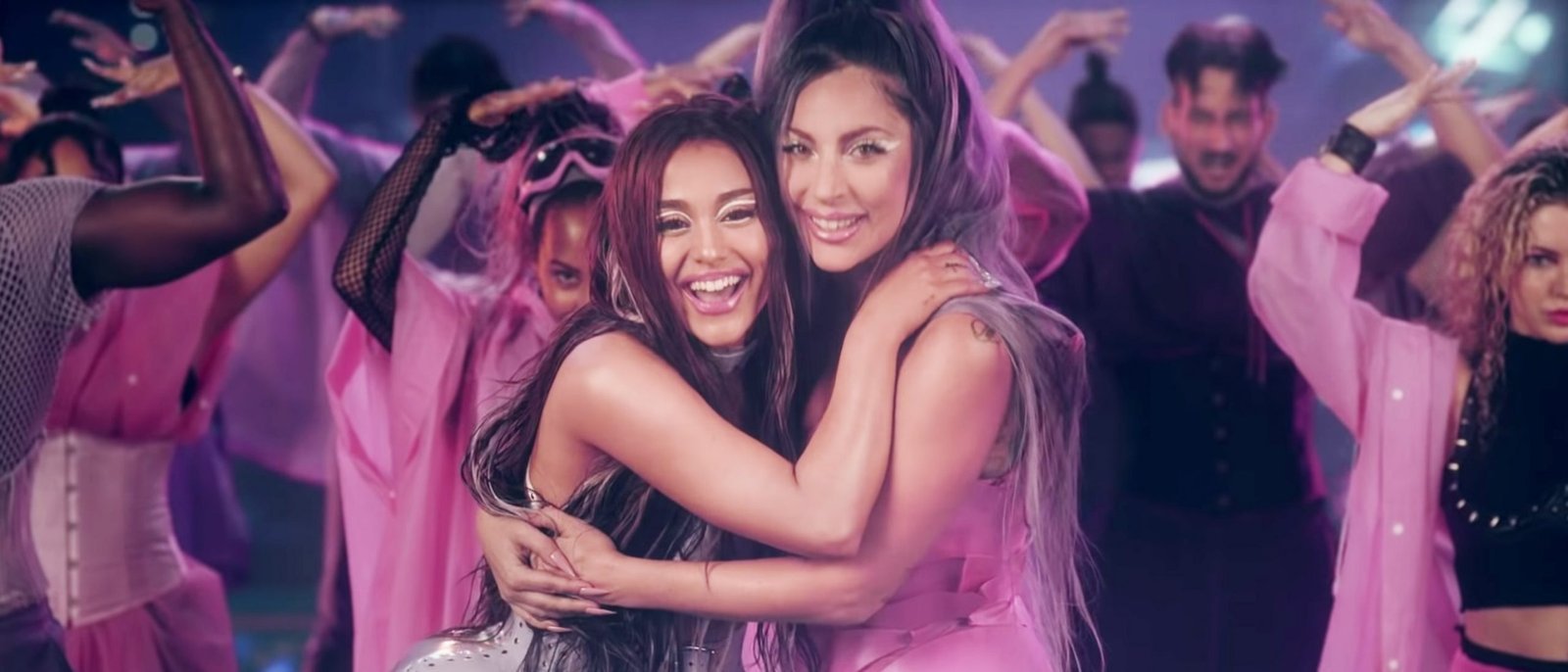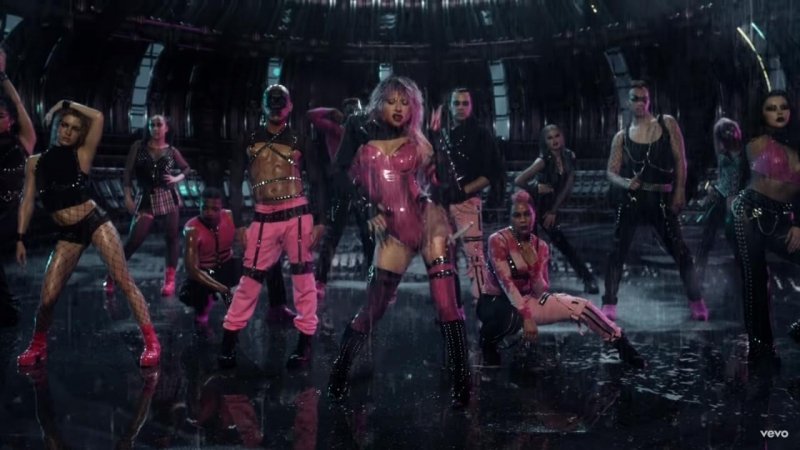Is Rain on Me the Gay Anthem of This Generation?
When Lady Gaga and Ariana Grande dropped Rain on Me in May 2020, the world got more than a dance pop hit it got an anthem for resilience, survival, and queer joy. With thumping beats and soaring vocals, the track quickly became a touchstone for the LGBTQ+ community. But what makes this song resonate so deeply with queer audiences? Let’s break down why Rain on Me is more than just a chart-topper’s a statement.
Pop Music Meets Queer Resilience
Pop music has long provided a soundtrack for LGBTQ+ lives, from disco divas to modern icons. Rain on Me blends house pop, dance pop, and disco vibes to deliver an empowering message: you can endure hardship, heal, and emerge stronger. Gaga and Ariana aren’t just collaborators they’re queer icons who actively champion LGBTQ+ rights.
The timing of the release, during the global pandemic, also amplified its message. Queer communities across the globe embraced the song as a rallying cry: a celebration of surviving trauma, dancing through pain, and finding joy despite adversity. In India, as Pride celebrations moved online and safe spaces were limited, Rain on Me became a shared anthem of resilience, connection, and hope.
Why the LGBTQ+ Community Identifies with Rain on Me
Though the song doesn’t explicitly reference LGBTQ+ themes, its emotional core aligns with queer experiences. Lines like:
“I’d rather be dry, but at least I’m alive”
capture survival, endurance, and unapologetic selfexpressionsentiments that resonate with people who have historically navigated societal marginalization.
Both artists bring personal narratives that add layers to the song’s meaning. Ariana Grande’s trauma from the 2018 Manchester Arena attack and Lady Gage’s struggles with Fibromyalgia infuse the track with authenticity. For many queer fans, Rain on Me mirrors the resilience needed to confront discrimination, mental health challenges, and personal hardships.
Lady Gaga openly identifies as part of the LGBTQ+ community, while Ariana has embraced fluidity, famously stating she doesn’t feel the need to label her sexuality. Their visibility and advocacy further cement the song’s queer anthem status.
The track also succeeds musically, combining catchy hooks, soaring choruses, and dancefloor ready beats. The result is a song that’s as fun as it is empowering perfect fusion of celebration and catharsis, allowing queer audiences to literally and figuratively dance through their struggles.
Practical Takeaways: How Rain on Me Inspires Queer Joy
- Dance as catharsis: Use music to process emotions, release stress, and celebrate survival.
- Celebrate intersectional experiences: The song shows that trauma and resilience are universal but resonate uniquely with queer communities.
- Visibility matters: Gaga and Ariana’s openness inspires queer self-expression and pride.
- Safe virtual spaces: During pandemics or restrictions, online communities can become dancefloors and support networks.
- Empowerment through music: Pop hits like this remind queer audiences that joy, defiance, and survival can coexist.
Rain on Me is more than a pop hit it’s a reminder that queer identity, resilience, and celebration belong together, and that music can unite and heal communities across borders.
A Modern Gay Anthem
Rain on Me isn’t just a song; it’s a testament to queer survival, joy, and empowerment. In India and around the world, the track has become a symbol of resilience, helping LGBTQ+ communities reclaim their narratives and celebrate life. As clubs, Pride marches, and safe spaces reopen, the beat of Rain on Me will continue to echo global queer anthem for our times.







